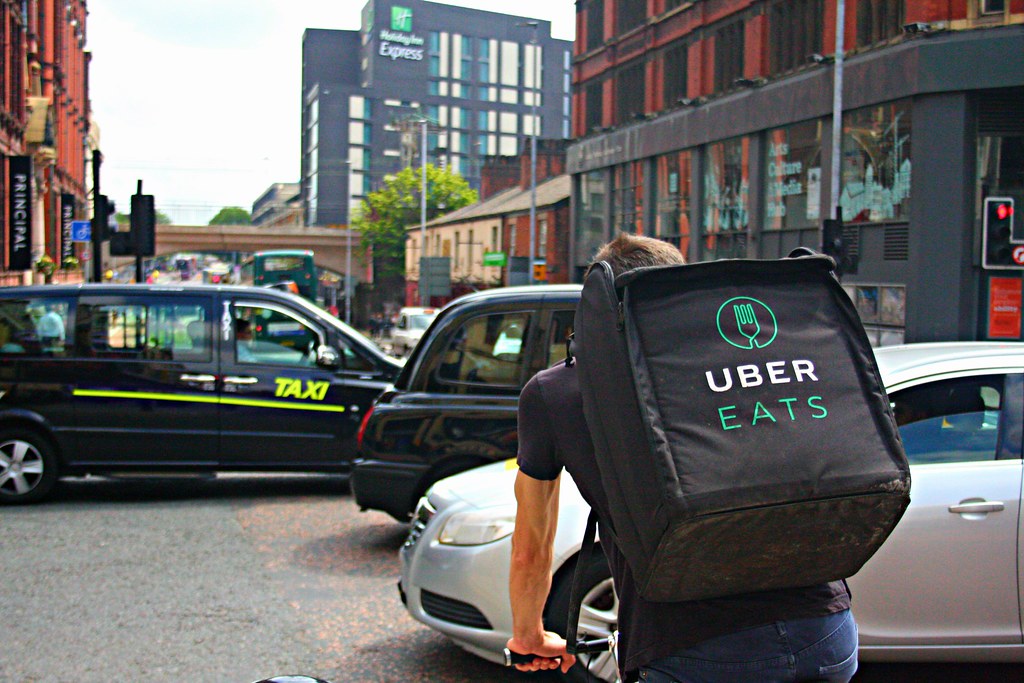Uber thinks the time is NOW (they may be right)
So Uber is laying off marketing staff in order to “slash costs and make operations more efficient,” huh?
Mind you, we have no stake here; we have not expressed any ambition to consult for Uber. In fact, even as marketers, we think the decision MAY have been warranted – depending on the reasons.
There are times in an enterprise where budget is allocated in varying ways. At the early stages of any enterprise – especially a consumer-oriented one – it stood to reason that heavy up-front investment was dedicated to clearing regulatory hurdles, building consumer awareness, trial, early usage, and working on growing and cultivating loyal customers. With the business and category better established, demand is driven more by the experience of the last user and various loyalty initiatives than trial-inducing marketing. This doesn’t mean you’re not talking to prospective new customers; you’re just talking to them differently.
I’ve led marketing for start-ups, as well as new product marketing for McDonald’s and it came as no surprise when my role (and marketing budget) changed as the business matured.
On the other hand, if the marketing staff jettison is only about slashing costs, that might be a mistake. An objective analysis frequently reveals a need to reallocate to cover emerging needs and opportunities that come with brand maturation. We recommend that brands first cover the needs and opportunities…and only then, if budget remains, consider returning it to profit. This is not to suggest that marketing budgets can never be too big, but in this case several factors suggest this Uber cut was a false savings.
If Uber is not at the limit of capacity, additional sales should be a net profit contributor. That’s because marketing costs are generating sales that wouldn’t be there otherwise to fill available capacity. Is Uber concerned about having too much business? We don’t think so.
Another argument to consider is, if marketing expenditures are being reallocated to a shifting target, evolving competitive threats, or to methods that allow staff reduction with no loss or perhaps improved net production of sales, then the change may be correct.
That’s because no matter what, when done right, marketing should have P&L responsibility – meaning, directly affecting the BOTTOM LINE. If Uber is cutting marketing jobs to “slash costs,” seems to us that perhaps someone dropped the ball when defining the role of marketing at Uber.
What remains to be seen here is whether Uber corporate strategy (just to use the current news as an example) is shifting attention to the anticipated market potential of self-driving cars or other attractive, less labor-intensive segments the company has identified.
At what point in the enterprise do you think it’s time to start thinking about shifting your marketing budget?

